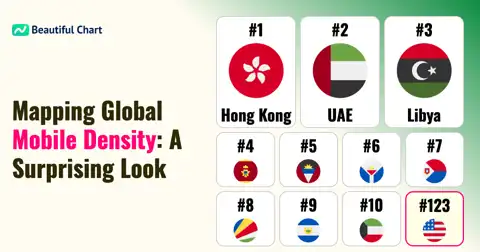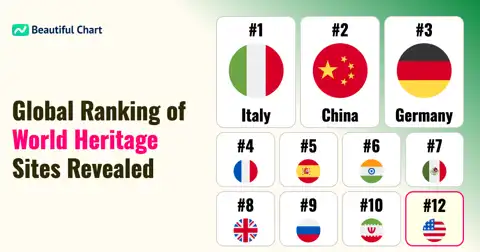This chart compares the age structure of the population in South Korea and Japan from 1950 to 2023. It illustrates the age composition of the population in each country for each year, allowing an analysis of the changes and trends in population age structures in both South Korea and Japan. This data is crucial for understanding demographic shifts such as population aging and generational changes in both countries.
Age structure in population refers to the distribution of the population across different age groups at a specific point in time. It is an essential indicator for analyzing population structure, aging trends, generational changes, and the impacts of these demographic changes on economic and social dynamics.
| Rank | Name | Indicator | Subindicator |
|---|---|---|---|
1 | 16.61% | 8M 602K people | |
2 | 15.47% | 8M 9K people | |
3 | 14.47% | 7M 493K people | |
4 | 14.15% | 17M 443K people | |
5 | 13.49% | 16M 635K people | |
6 | 13.36% | 16M 473K people | |
7 | 13.29% | 6M 879K people | |
8 | 12.48% | 6M 462K people | |
9 | 11.90% | 14M 671K people | |
10 | 10.57% | 13M 37K people | |
11 | 9.79% | 12M 69K people | |
12 | 8.84% | 4M 579K people | |
13 | 8.70% | 10M 723K people | |
14 | 8.33% | 10M 266K people | |
15 | 7.47% | 3M 866K people | |
16 | 7.22% | 8M 902K people | |
17 | 6.80% | 3M 523K people | |
18 | 3.87% | 2M 6K people | |
19 | 2.38% | 2M 930K people | |
20 | 0.68% | 351,788 people |





